If you’re like most homeowners, then you probably dread the sight of torpedo grass. This weed is notorious for taking over lawns and making them look unsightly. In this article, we will provide you with a comprehensive guide on how to kill torpedo grass once and for all. We’ll cover everything from common questions to the best methods for eradicating this weed. So read on and get started on reclaiming your beautiful lawn!
Table of Contents
What is Torpedograss
Torpedograss is an aggressive, perennial weed that grows in warm climates and is often found in lawns and gardens. It has narrow, flat leaves that are bright green to blue-green with a reddish-purple tinge at the tips. The weeds produce multiple seed heads that resemble torpedoes and can spread quickly if left untreated.
To effectively eradicate torpedo grass, multiple methods of control may be necessary. A combination of physical removal and chemical herbicides can help combat this weed and restore your lawn or garden.
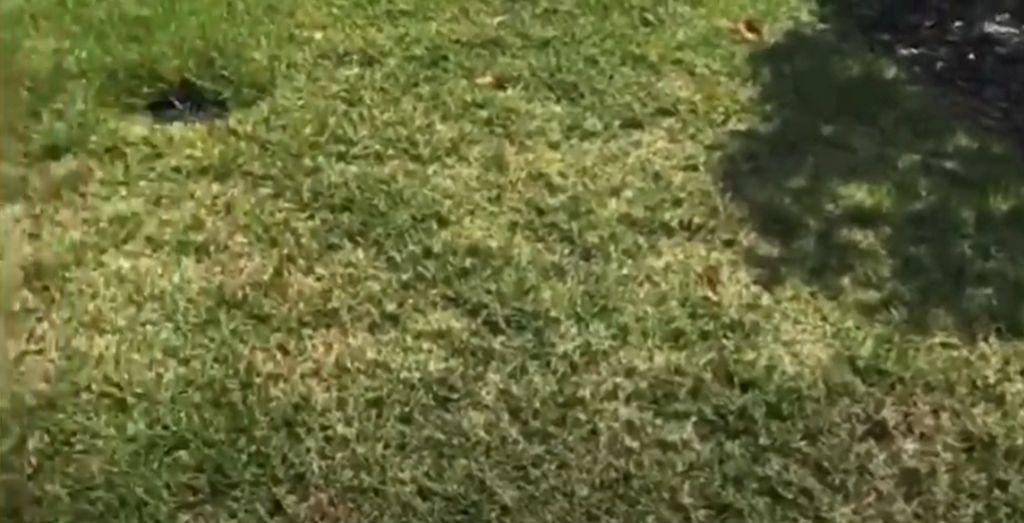
How to Identify Torpedograss
Identifying torpedo grass correctly is the first step in any successful eradication program. This perennial warm season weed can be tricky to spot because it closely resembles other grasses and weeds, including crabgrass.
When identifying this invasive species, here are some key features to look for:
Blades: Torpedograss blades have a distinct V-shape with a pointed tip and rough edges. The blades grow densely at the base, creating a thick clump that spreads outwards.
Color: The leaves of this grass are usually an olive green color or slightly bluish color on top while being whitish below.
Flowering Heads: When in bloom, torpedograss develops tall flowering heads with multiple branches. These flowerheads can reach heights of up to 3 feet high and are usually covered in a light gray downy hair.
Roots: This weed has a very deep root system that can extend up to 4ft into the ground, making it difficult to remove manually.
By taking note of these features when scouting for torpedograss, you can accurately identify it and plan for the best method of control. [1], [2], [3], [4], [5]
How to Get Rid of Torpedograss in Beds
One annoying thing about torpedograss is that it can completely ignore any grass barrier and invade flower beds, vegetable gardens, and more. This makes it multiple times harder to control, as it can hide and thrive in the least expected places.
You can also use non-selective herbicide containing glyphosate to spot-treat torpedograss. However, be careful when applying this herbicide as it can damage or kill other plants in the area.
Finally, take steps to prevent future infestations by making sure there are no seed heads left behind. [2], [3], [4], [5]
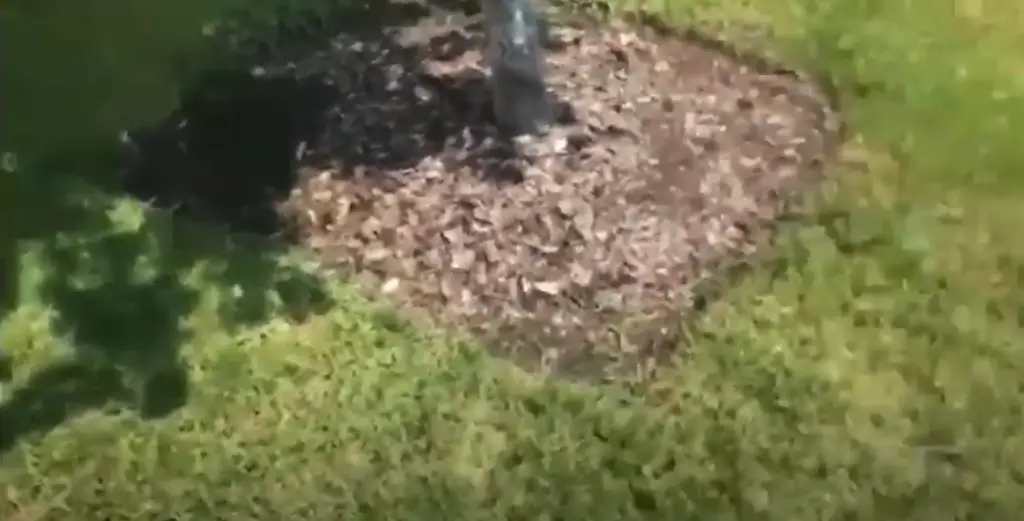
Dealing With Torpedo Grass on Lawn
Lawns aren’t safe from torpedograss either and if left untreated, this weed can quickly take over your yard. In this case, the choice of treatment will depend entirely on the other type of grass that is on the lawn, since some of these treatments may damage other grass species.
Unfortunately, basically no herbicide can deal with torpedograss selectively, since this weed is so hardy and resourceful. This means that treatments are usually broad-spectrum, meaning it could damage other grasses as well.
The most effective way to get rid of torpedograss in lawns is spot treatment with a post-emergent herbicide. Roundup is one of the most popular and effective ones, but it will also kill other grasses right away as well. Glyphosate-based products are usually best for dealing with torpedograss in lawns, because they are broad-spectrum and safe to use around pets and children.
If you are experiencing an especially dire case, then unfortunately you might need to resort to the last case scenario, wiping off everything and reseeding the lawn. This might be necessary if the torpedograss has taken over and other herbicides would only cause more damage than good.
When it comes to chemical treatment you really have only two options, a glyphosate-based herbicide or a quinclorac-containing one. Let’s discuss both methods.
Quinclorac method
Quinclorac is a powerful active agent in herbicides, and it can be used to kill torpedograss in both lawns and gardens. It’s considered very effective for killing this weed, but unfortunately it comes with an obvious downside: it kills most of the other grasses too!
This means that if you use quinclorac on your lawn, you will also kill the grass there too. This makes it difficult to spot and treat torpedograss without damaging other plants, unless you are confident about knowing exactly where the weed is located.
In order to use quinclorac effectively, you need to apply it directly to the torpedograss plants with a sprayer. It’s important that you also avoid contact with other grasses and plants as much as possible. Once applied, the quinclorac will kill any torpedo grass in about two weeks.
It’s essential that you read the instructions on the product label before using quinclorac, as there may be regulations about how to safely use this herbicide in your area. Additionally, wearing protective gear such as gloves and goggles is always a must when dealing with herbicides like Quinclorac.
If used correctly, Quinclorac will prove to be one of the most effective methods of killing torpedo grass. [1], [3], [5]

Glyphosate method
We slightly touched this method before, but let’s dive a little deeper. Glyphosate-based herbicides are the most popular and wide-spread solution to deal with torpedograss in lawns. These products contain glyphosate as their active ingredient, which is very effective against this weed.
When applying a glyphosate-based herbicide to kill torpedograss, you should be very careful to follow the instructions provided on the label. Glyphosate-based herbicides are non-selective, meaning they don’t discriminate between weeds and turf grass. So you should be careful not to spray any glyphosate product directly onto turfgrass or desirable plants.
The best way to apply these products is with a special type of sprayer known as a “spot-sprayer”, which can be used to target specific areas and reduce the risk of over-spray onto turfgrass or other desirable plants. Spraying in this way will also ensure that only the torpedograss is affected by the glyphosate, so it can be more effectively killed off. In addition, applying glyphosate at higher concentrations can help make sure it penetrates the foliage of torpedograss, resulting in better results.
In addition, avoid performing the treatment if you expect a rain shower within 6-8 hours, as this can reduce the efficacy of the herbicide. And take extra care to avoid contact with skin and eyes when using glyphosate-based products. [1], [2], [3], [4]
Vinegar
Vinegar can also be used to kill torpedo grass as it is acidic, which will damage the cell walls of this weed. However, it should be noted that vinegar alone is not very effective and may require multiple treatments. Therefore, it’s best not to rely solely on vinegar for killing torpedograss.
To use vinegar effectively against this weed you will need a spray bottle filled with either white or apple cider vinegar. It’s important to use undiluted vinegar as this will be more effective. You should then spray the vinegar directly onto the torpedo grass and repeat the treatment every few days until it starts to die off.
Please note that while vinegar can be used against torpedograss, it is also non-selective and can damage other plants if not applied carefully.
Before applying, make sure that you avoid contact with desirable plants as much as possible and wear protective gear such as gloves and goggles during application. Spray the solution directly onto any torpedo grass you see and then wait to see if it shows signs of dying off. If not, you may need to repeat the treatment every few days until it starts to die off.
In addition, take special care to avoid contact with skin and eyes when using vinegar as an herbicide, as this can cause irritation or even burns. [4]
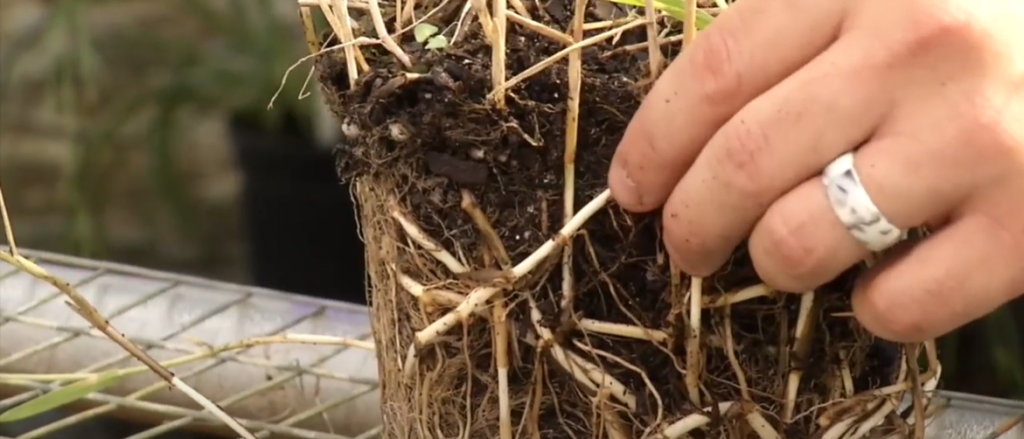
Use a Help of the Professional
Finally, if you find that you don’t have the time or resources to deal with torpedograss on your own, then hiring a professional lawn care service may be the best option. Professional landscapers and lawn care specialists will have access to more powerful herbicides that can effectively kill off torpedo grass in your yard.
Furthermore, they will know exactly how and when to apply these products for maximum effect so you can be sure of getting great results. Of course, there will be a cost involved in this type of weed control service but it is often worth it if it means getting rid of torpedograss quickly and effectively.
FAQ
What is the best herbicide for torpedo grass?
The best herbicide for killing torpedo grass is one containing the active ingredient, glyphosate. Glyphosate is a broad-spectrum, non-selective herbicide that has been proven to be effective against many types of weeds, including torpedo grass. It can be applied as a spot treatment or in a wider area application depending on the desired result. For the most success it’s important to apply when air and soil temperatures are warm and ensure adequate coverage of all foliage.
Keep in mind that glyphosate will get rid of all other plants it touches, so be sure to apply the herbicide carefully. When applying glyphosate, wear long pants and a long-sleeved shirt, goggles, gloves and a face mask for extra safety. Also, do not use near water sources or in areas where runoff could occur.
Is torpedo grass invasive?
The answer is yes. Torpedo grass (Panicum repens) is an invasive perennial grass that can become a serious problem in lawns, gardens, and landscaped areas. Its underground rhizomes quickly spread and can form dense mats of turf that are hard to remove.
Torpedo grass spreads through seeds as well as rhizomes and can be difficult to control once established. It has adapted to many different climates, grows fast and thickly, out-competing other plants for valuable resources such as light, water, and nutrients. In addition, it has the ability to re-sprout after mowing or being pulled manually from the ground.
Can vinegar kill torpedo grass?
Vinegar can be effective when it comes to killing torpedo grass. It is important to note, however, that vinegar is not a selective herbicide – meaning it will kill any plants it comes into contact with. To use vinegar for killing torpedo grass, you should use an undiluted solution of white distilled vinegar at full strength and spray directly onto the foliage of the plant until it starts to wilt.
While not as effective as herbicide specifically designed for killing torpedo grass, vinegar could be a viable option if you are looking to eliminate the plant without using chemical herbicides. Be sure to only use vinegar on areas of your lawn or garden that do not contain any other desirable plants. Also, make sure to wear protective clothing and gloves when applying as the solution can be caustic and cause skin irritation.
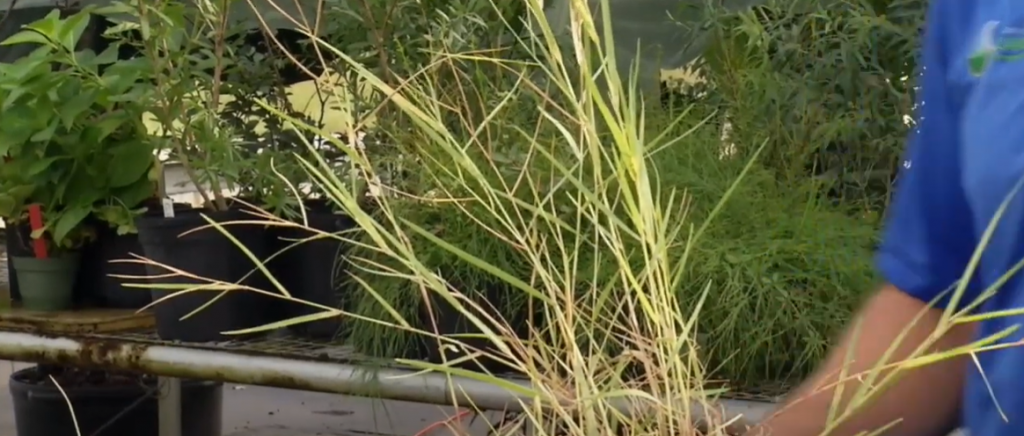
How do you kill torpedo grass with baking soda?
Baking soda can be used as a natural weed killer on torpedo grass. To apply, mix one part baking soda with two parts water in a spray bottle and shake to combine. Spray the solution directly onto the torpedo grass and allow a few days for it to take effect. Reapply if necessary until all of the torpedo grass has been killed.
Make sure to avoid spraying other plants you wish to keep alive! Baking soda doesn’t choose which grass to kill, so keep it away from any desirable grass or flowers. You can use other methods to spot and treat torpedo grass as well.
It’s worth noting that the baking soda method isn’t 100% reliable and may need to be repeated in order to completely kill the torpedo grass. Additionally, some areas may require more frequent applications due to environmental factors or other considerations. If this is the case, consider using a different method such as herbicides or manual removal instead.
How do you kill torpedo grass?
The most effective way to kill torpedo grass is by using an herbicide that contains either glyphosate as the active ingredient. Keep in mind that because torpedo grass can be difficult to control, multiple applications may be necessary for complete control of the weed.
When treating large areas with torpedo grass, it is recommended to use a sprayer such as a backpack sprayer or hose-end sprayer. This will ensure uniform coverage of the area being treated and reduce the risk of herbicide drift onto desirable plants. When applying an herbicide directly on turfgrass, always choose one labeled for use in lawns and carefully read and follow all label instructions.
For spot-treating smaller areas, a handheld trigger sprayer can be used to directly apply the herbicide to the weeds. It is important to try and keep the spray from reaching any desirable plants or grasses in order to protect them from damage.
Useful Video: How to Kill Torpedo Grass
Conclusion
Torpedo grass is one of the most difficult weeds to get rid of. It can flower nearly all year long and spreads aggressively. Fortunately, there are a variety of methods to control this weed, ranging from chemical herbicides to different solutions like vinegar.
Chemical treatment is by far the most effective way to remove torpedo grass, but it can be dangerous to use. Therefore, if you decide to use chemical herbicides make sure you follow the instructions carefully and wear protective gear. The herbicides including glyphosate and quinclorac are the most effective.
Before attempting any torpedo grass removal method, it’s best to carefully consider the pros and cons of each approach. Removing all of the plants may not be necessary or practical in some situations, so you need to find out what is most viable for your particular situation.
If you want your garden or lawn to be free of torpedograss, you must use all strategies together with persistence to achieve desired results. Re-treat areas as necessary when new shoots appear and keep an eye out for signs of infestation near your home or property in order to stop it from spreading even further. Regular maintenance also helps prevent future outbreaks by eliminating weeds before they have a chance to mature and reseed.
Doing some research into the different methods available can help you decide on the best approach for getting rid of this pesky weed once and for all! Good luck with your project!
References:
- https://thelawncarenut.com/blogs/news/how-to-get-rid-of-torpedo-grass-in-your-lawn
- https://www.gardeningknowhow.com/plant-problems/weeds/torpedograss-control.htm
- https://www.lsuagcenter.com/portals/communications/news/news_archive/2013/july/get_it_growing/torpedograss–one-of-the-most-difficult-weeds-to-control
- https://batonrougesod.com/how-to-get-rid-of-torpedo-grass/
- https://www.gfloutdoors.com/how-to-get-rid-of-torpedo-grass-in-your-lawn/




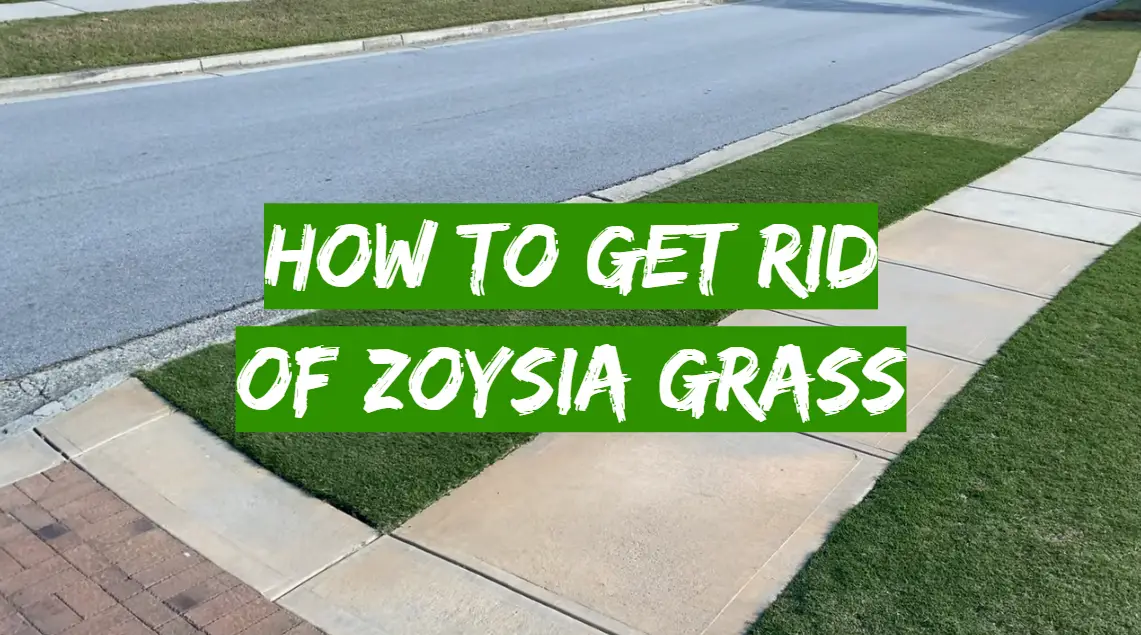
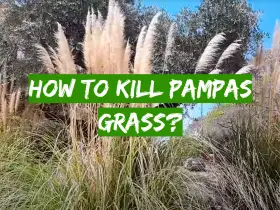

Leave a Reply
View Comments